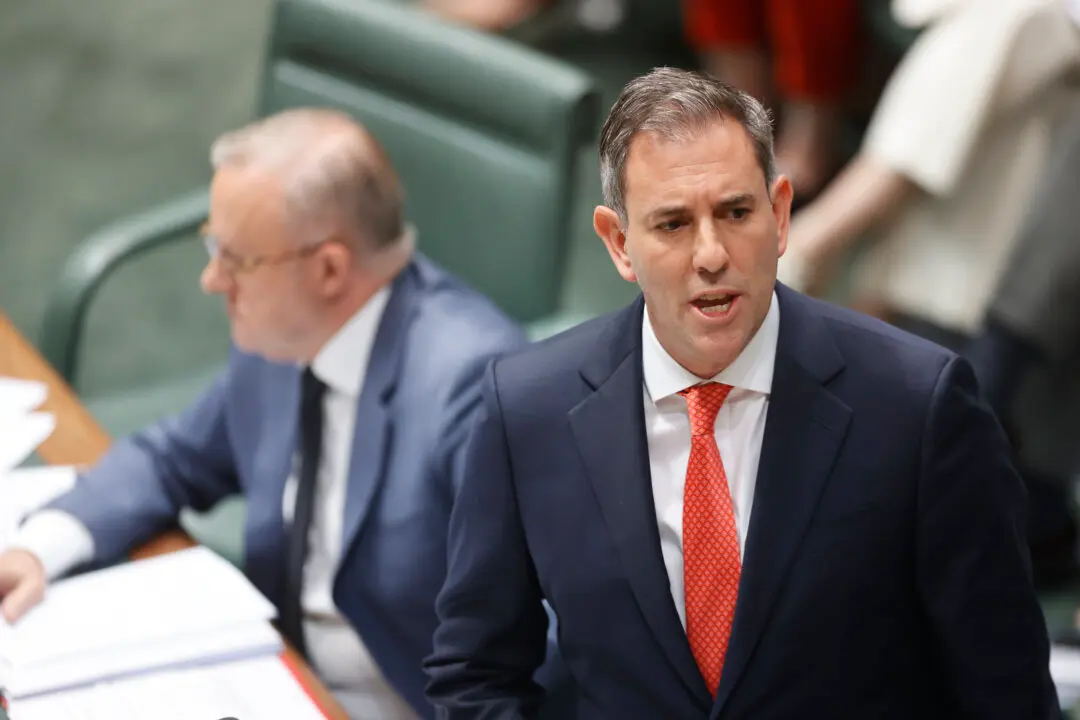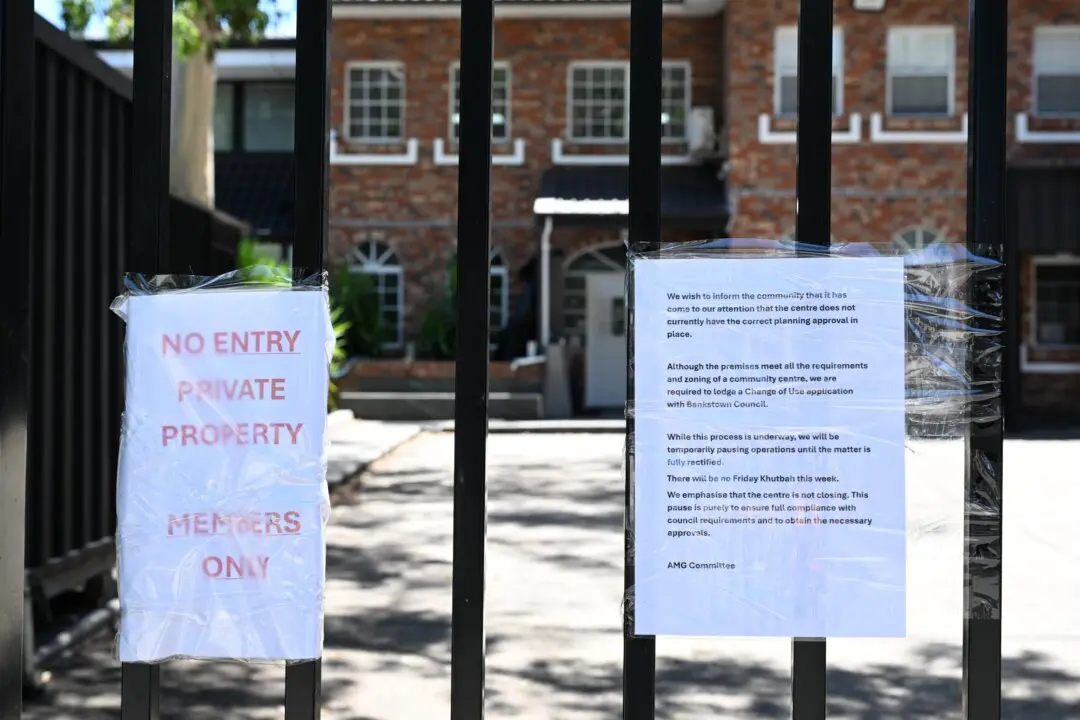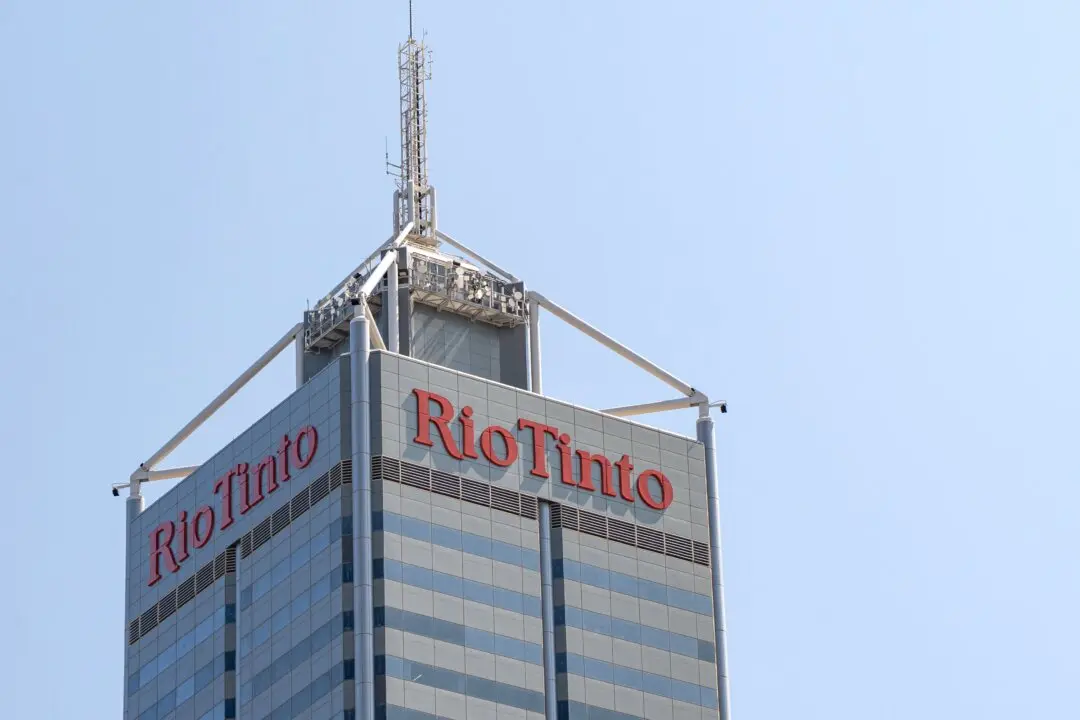The Australian federal government has committed $566.1 million over ten years to “progressively map Australia’s potential for critical minerals, alternative energy, groundwater and other resources, providing scientific information to guide future investment.”
The move could subject every square centimetre of a 7,688,287 square kilometre continent to geological mapping in the hope of finding mineral deposits, despite a thousand mining companies (766 of which are large enough to be listed on the ASX) already in operation doing similar activities.





